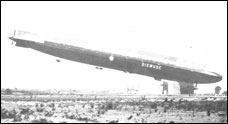
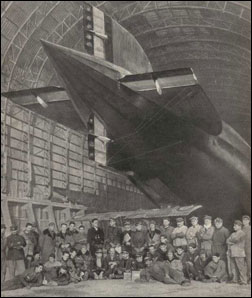
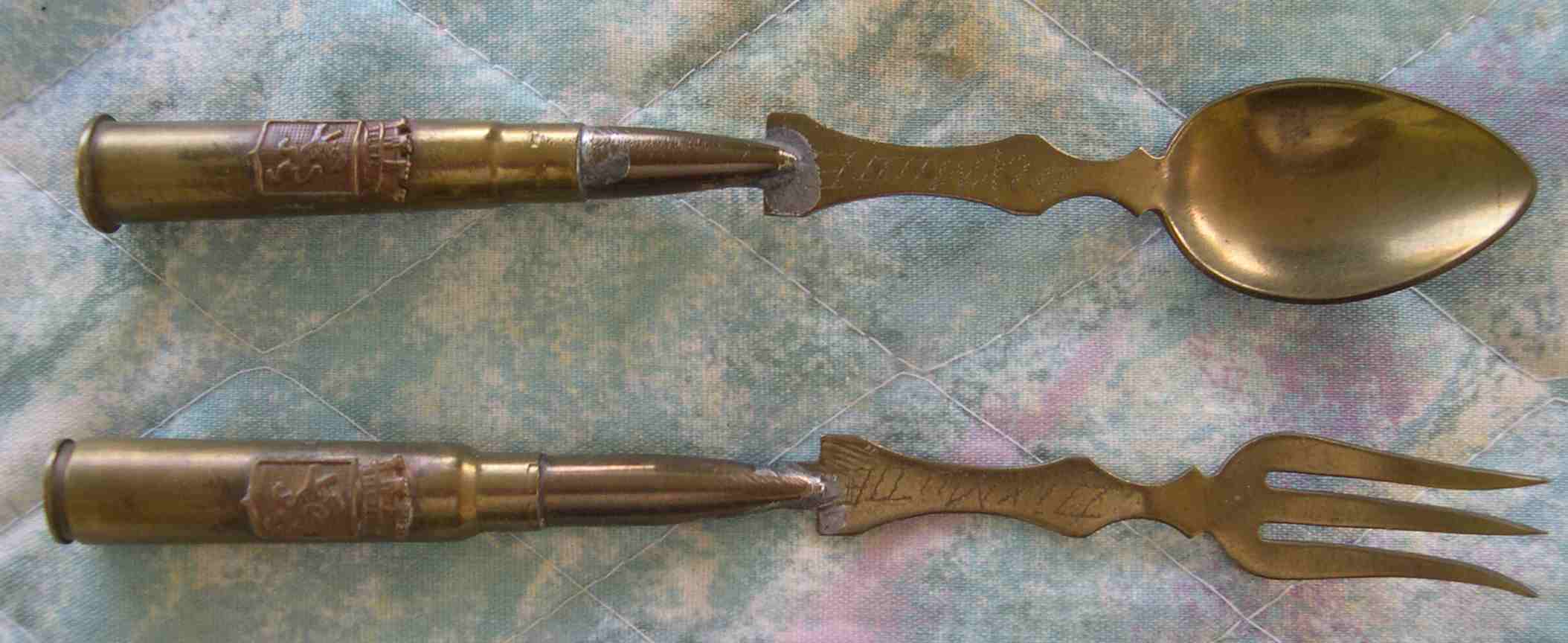
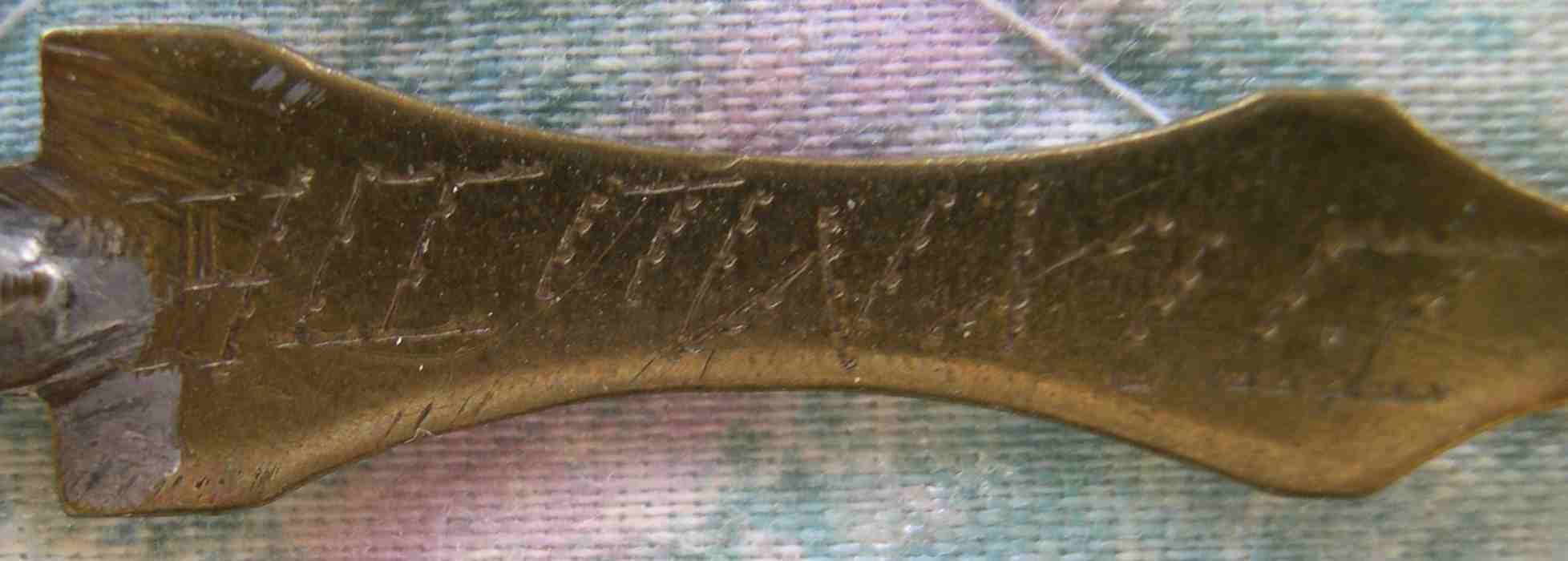
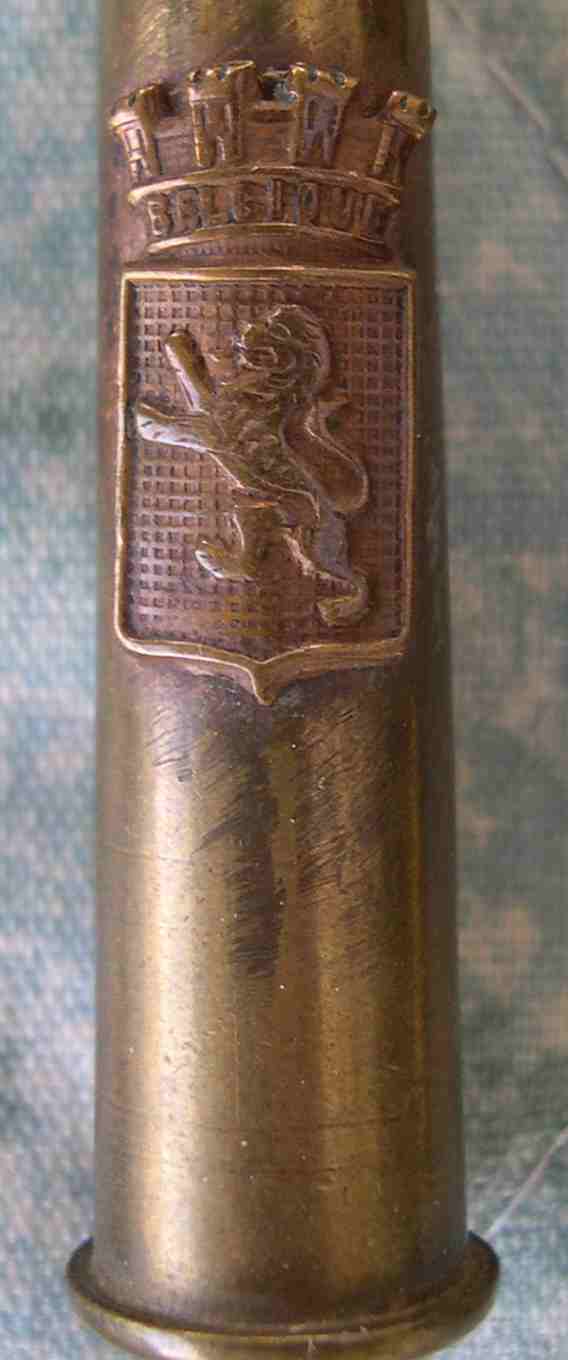
"In 1915, under heavy fire, Belgians started digging a trench along the west bank of the river to try to retake the base. Through the use of saps (the extension of a trench to a point below the enemy fortifications) both sides got closer to each other until they were yards apart. The attacks were incessant, the trenches narrow, the soldiers sitting ducks for mortar attacks. Finally, in 1917 the Belgians built a big concrete shelter with lookout holes called the "Mouse Trap" to stop the Germans from infiltrating the Belgian trenches at the ends of the saps.
Life was rigorous in the trenches. Belgian soldiers manned the trenches for three days straight, then got three days rest in a cantonment in the rear combat zone.
The Trench of Death near Diksmuide remained the heart of the Belgian resistance until the successful Anglo-Belgian offensive called the Battle of Flanders began on 28 September 1918.", By James Martin.
An alternate reason why the word "Dixmude" is engraved on these pieces is because a very famous German zeppelin was seized by France after the Treaty of Versailles and was named "Dixmude" in honor of the town and the trench warfare fighting.


The left picture shows the zeppelin over its French landing field and the right picture shows it in its hangar with its maintenance crew.
Click to see the St. Mihiel spoon about another WW1 battle